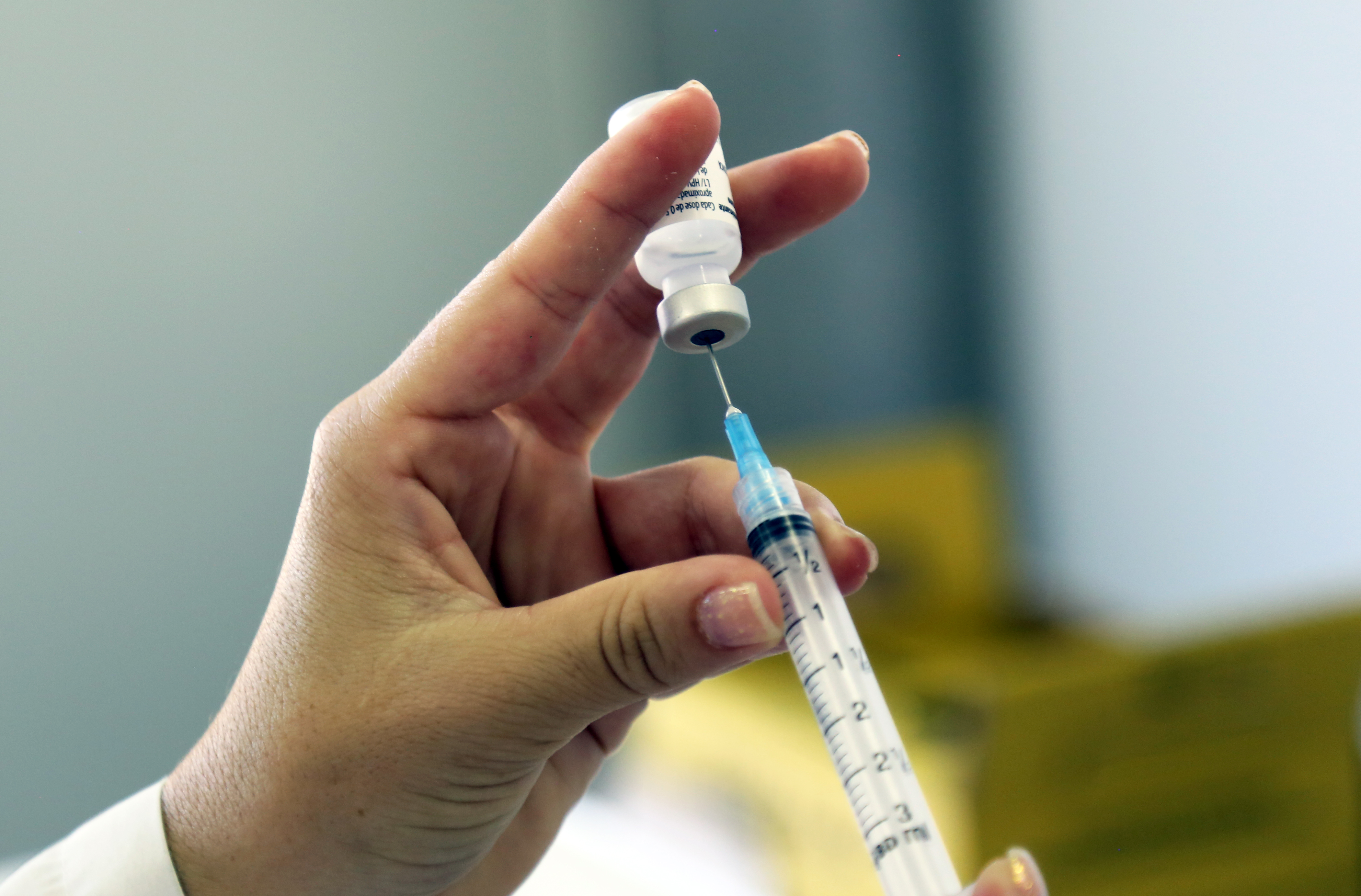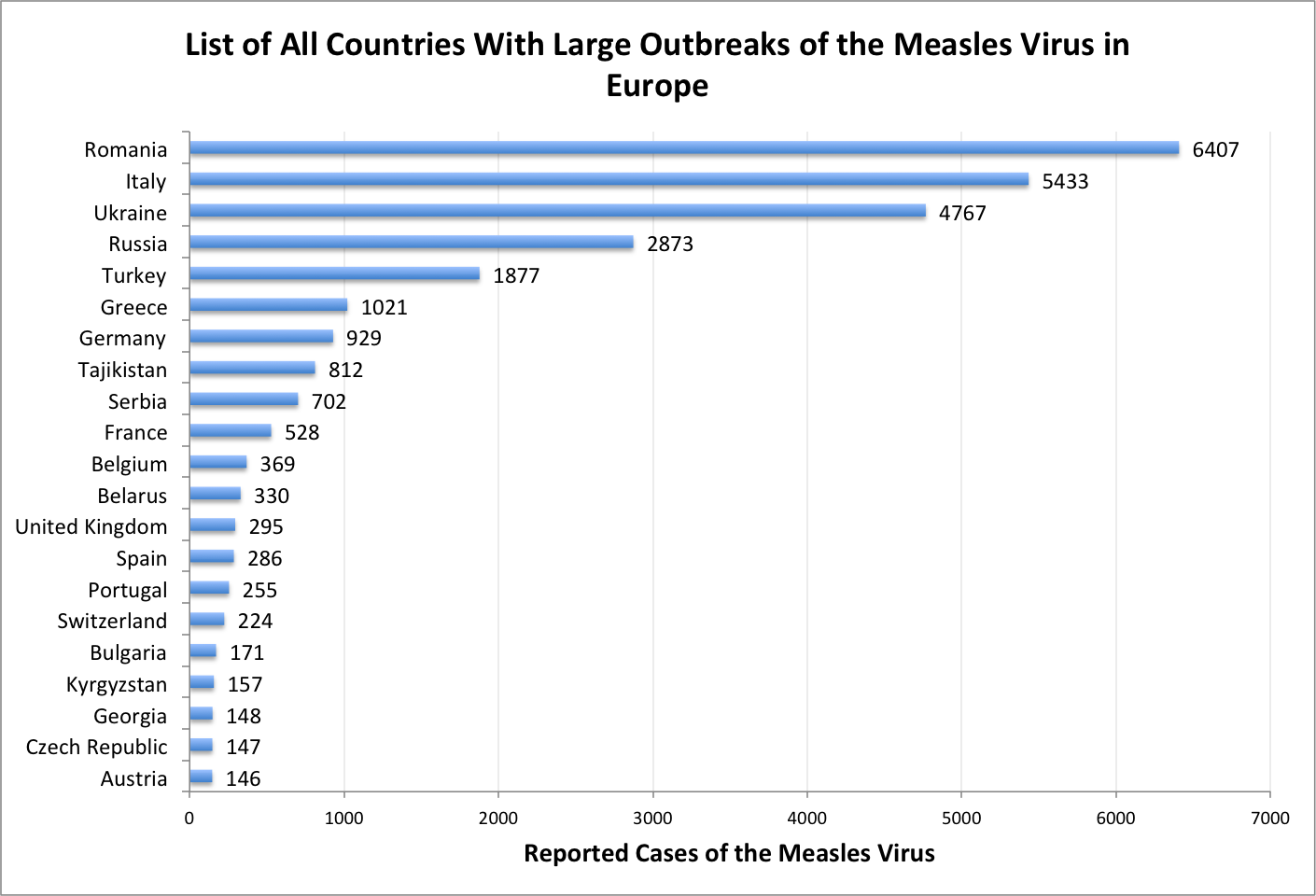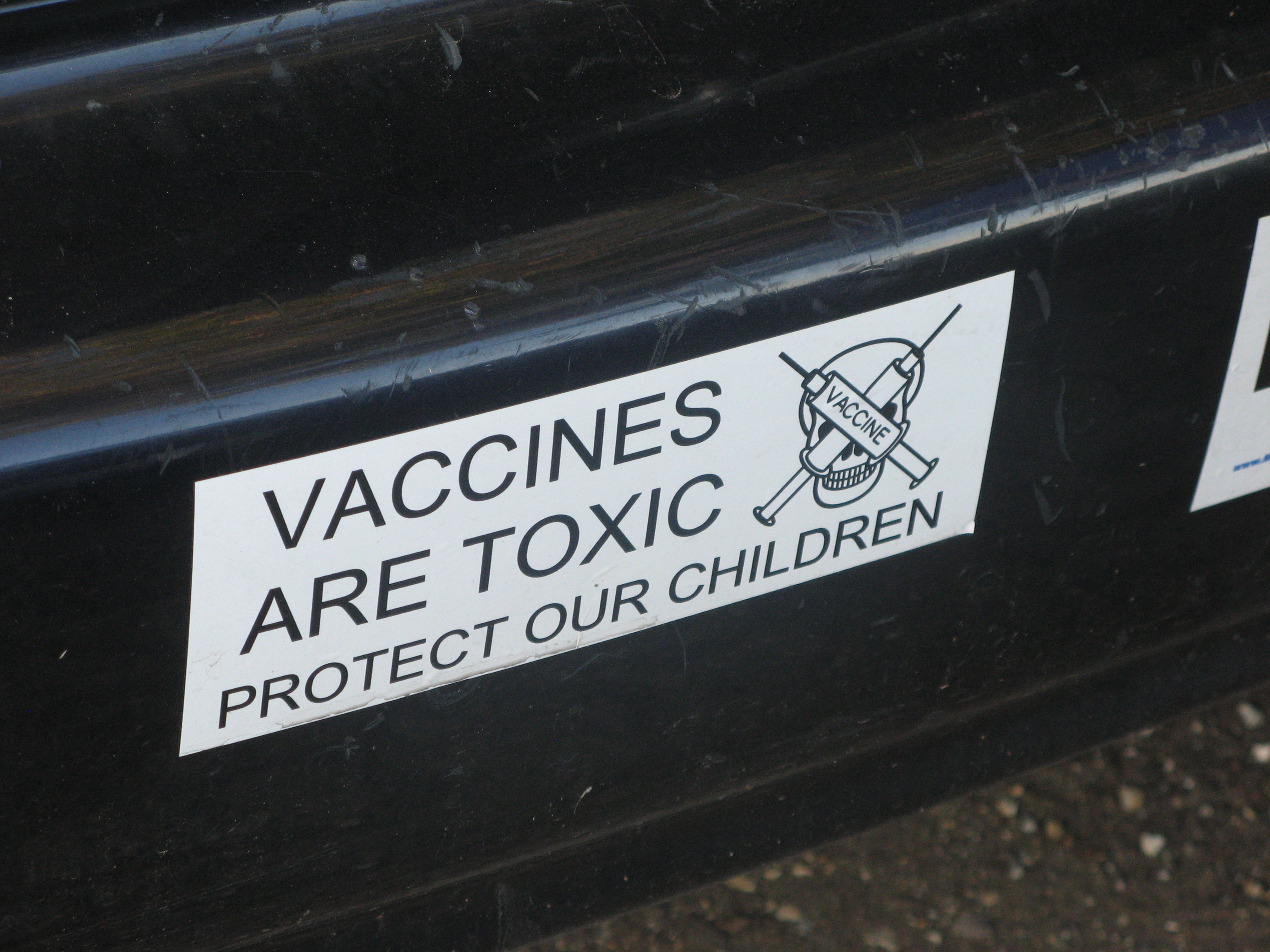With over 20,000 cases and 35 deaths, measles is on the rise again in Europe. Could the “anti-vax” movement be to blame?

Figure 1: Vaccine being drawn into a needle Source: Flickr
According to the World Health Organization’s (WHO) most recent report, after a record low of 5273 cases in 2016, there were four times as many cases of the measles virus in 2017.
Of the 53 countries in the region, 21 had reported large outbreaks. A classification of a large measles outbreak includes over 100 reported cases. Some countries on this list include Germany, Greece and the United Kingdom. The countries that top this list are Romania, Italy and Ukraine, all nearing or over 5000 reported cases.

Figure 1: List of all European countries that have large outbreaks of the measles virus Source: WHO Europe
So how could Europe go from a record low to a four-fold increase in only a year?
The WHO claims that this is because of the decrease in routine vaccinations, interrupted supply of vaccines and underperforming disease surveillance systems.
In the retracted 1998 publication from the Lancet, a medical journal from the United Kingdom, an article stated that there was a correlation between the measles vaccination and autism.
Although this statement was highly discredited, the anti-vaccination (anti-vax) movements in recent years have surged from these false claims. The influence from the opinion of the “anti-vax” movement has led to an overall loss of trust in vaccinations.

Figure 3: Bumper sticker promoting the views of the anti-vax movement Source: Flickr
Some countries, such as Italy, have had government intervention where legislation requires children to get vaccinated if they plan on attending state-run schools.
The French Health Ministry has also promised to enforce mandatory vaccinations for young children by early 2018.
Unsurprisingly, this decrease in vaccinations is the largest risk in spreading the measles. Any individuals unvaccinated, regardless of age, are at risk of catching and spreading the virus to others who are not protected.
For now, the WHO intends to increase vaccination rates in Europe by improving the supply chain of vaccines and informing the public with awareness campaigns.
-Brandon Kato
References:
Europe observes a 4-fold increase in measles cases in 2017 compared to previous year http://www.euro.who.int/en/media-centre/sections/press-releases/2018/europe-observes-a-4-fold-increase-in-measles-cases-in-2017-compared-to-previous-year (accessed Feb 25, 2018).
Wakefield, A. J. The Lancet. 1998, 351(9103), 637–641.
Italy makes 12 vaccinations compulsory for children http://www.bbc.com/news/world-europe-39983799 (accessed Feb 25, 2018).
8 nouveaux vaccins obligatoires pour les enfants de moins de 2 ans http://www.gouvernement.fr/argumentaire/8-nouveaux-vaccins-obligatoires-pour-les-enfants-de-moins-de-2-ans (accessed Feb 25, 2018).

2 responses to “Rise of the Anti-Vaccinations: The European Outbreak of the Measles Virus”